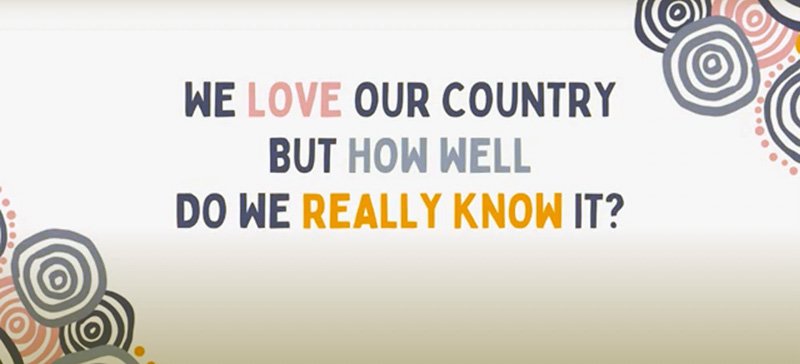From the Point: Know Your Country – boost indigenous education
A visionary campaign is calling on all levels of Australian government to fund a locally approved First Nations educator in every Australian primary school.
Know Your Country stalwart Aunty Phyllis Marsh has been a First Nations cultural educator at West Moreton Anglican College in south-east Queensland for three years.
She told the Teach Starter webcast indigenous education needs to be “embedded” in the curriculum, rather than being set aside in an “iconic cultural corner”.
She said many well-meaning educators had become “overwhelmed” by reading reams of material and not knowing how to approach local indigenous communities. “There was this fear of offending, not doing it right…”
Fellow advocate Dr Scott Winch, a First Nations policy officer with World Vision, agrees that many teachers lack the knowledge and confidence to tackle indigenous education.
“We’re not trying to call teachers out on this, we’re trying to call them in and say we can hopefully be a resource to equip you with local connections, and local knowledge to support the curriculum with local Aboriginal people.”
He says it’s important for indigenous children to have their culture and history and perspectives reflected in the curriculum, but that ultimately every student benefits from properly resourced indigenous education.
“It really is also a gift to all Australian children to be able to learn from our culture and history and to truly engage in their local environment and to really know and connect with their country.”
He says the proposal would “enhance and enrich” schools, support “extremely overloaded” teachers and link them to local communities with “authentic locally-based cultural education”.
“This campaign could transform how Australians understand each other and their relationship to this land and the world’s oldest living culture.”
KYC research revealed that more than half of Australians surveyed didn’t know how long Australia was inhabited prior to the arrival of James Cook and 70 per cent aged 18 to 24 would have liked better First Nations education when they were at school.
Aunty Phyllis says her role works because it is “holistic” – she builds relationships and trust within classrooms, the workforce, and the community.
In a culturally safe classroom any child “no matter how they identify or where they’re from” enters their learning space “feeling this is their space where they come to learn”.
That means indigenous materials are accessible all year, not just in NAIDOC week. Indigenous identity is celebrated every day. All students learn that indigenous culture is still existing and is still practised.
ABC News reported in October that research from the NSW Centre for Education Statistics and Evaluation found the 26 per cent gap in Year 12 attainment between Indigenous and non-Indigenous students could be closed through increasing engagement earlier in high school.
"It's all about respecting culture and it's about having all of our staff understand the importance of local Aboriginal context and culture, and all students," NSW Education Minister Sarah Mitchell said.



